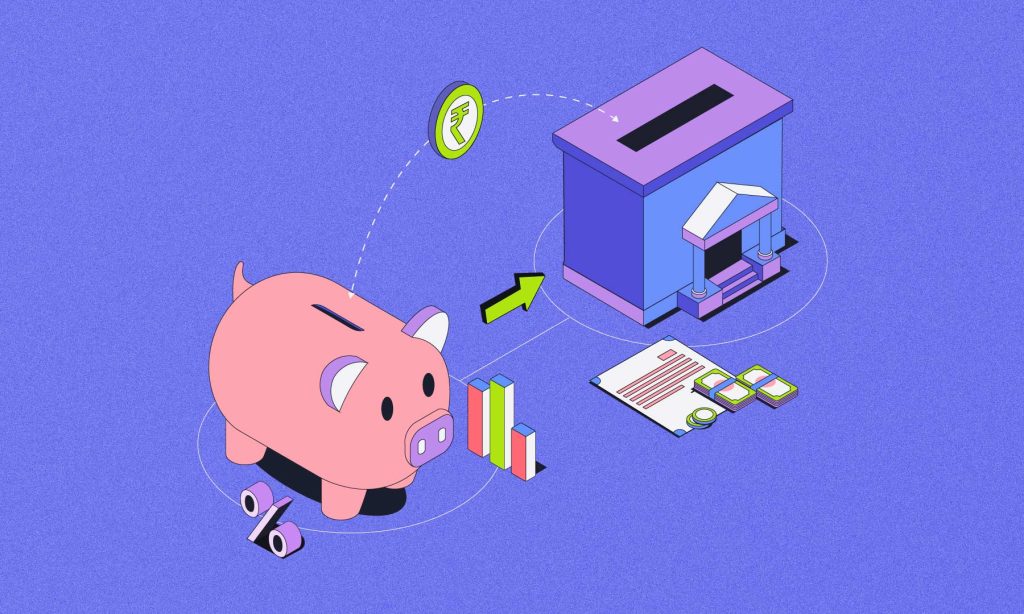Mutual funds are a popular investment option for individuals looking to diversify their portfolios and benefit from the expertise of professional fund managers. However, investors may be subject to exit loads when withdrawing money from a mutual fund. Investors need to understand the implications of exit load in mutual funds and how it can impact their investment returns.
What is exit load in a mutual fund? This article will delve into the details of exit loads and explore the definition, purpose, calculation, and rates of exit loads. We will also discuss the impact of exit loads on investment returns and how investors can avoid paying exit loads. The information would help investors make informed decisions on their mutual fund investments.
Understanding exit load in mutual fund
Exit load is a fee charged by mutual fund companies for selling or redeeming units of a fund. The fee can impact the returns of an investment. Exit fee is a percentage of the net asset value (NAV) of the fund. In this article, we will take a closer look at exit loads in mutual funds and how they can affect an investor’s returns.
Definition and purpose
Exit load is a penalty imposed by fund houses to discourage investors from making short-term investments.
The purpose of exit load in mutual funds is two-fold. First, it is a deterrent for investors looking to invest in mutual funds for short-term gains. Secondly, it helps mutual fund companies to mitigate the costs associated with buying and selling securities.
Investors planning to exit their mutual fund investment within a certain period need to pay the exit load. Exit load can range from 1% to 2% of the invested amount, depending on the fund and investment tenure. For instance, if an investor invests ₹1, 00,000 and decides to exit the fund within a year, he will need to pay the exit load of 1%, which is ₹1,000.
Calculation and rates
Exit load calculation is pretty straightforward. It is a percentage of the redemption amount. The rate of exit load can vary from fund to fund, with some funds charging as high as 2% for redemption within the first year of investment. In general, the exit load decreases as the holding period increases and eventually disappears after a certain period.
For example, a mutual fund may charge an exit load of 1% if the investor redeems their units within a year of purchase and 0.5% if the redemption takes place after a year. The exact exit load rate depends on the mutual fund and its specific terms and conditions. It is essential to check the exit load rate before investing in a mutual fund to ensure that it aligns with your investment goals and time horizon.
Impact on investment returns
Exit loads ranging from 1% to 2% of the investment amount significantly impact investment returns. Exit load lends stability to the fund and better returns for all investors in the long run.
Furthermore, exit loads help mutual fund companies to manage their investments more efficiently. By charging exit loads, mutual fund companies can offset the costs of selling and buying securities, which helps maintain a healthy balance sheet and improve investment returns.
However, exit loads are not always a negative aspect of mutual fund investments. Exit loads are a helpful tool for investors looking to make long-term investments and are willing to stay invested for an extended period. On the other hand, exit loads can be a hindrance for those looking to exit early and seek quick returns on their investment.
How to avoid exit loads?
It is crucial to understand what exit loads are and how they work to avoid exit loads.
The first step in avoiding exit loads is to research the available mutual funds and their fee. Look for funds with lower exit loads or no exit loads at all.
Another way to avoid exit loads is to invest in funds with a long-term horizon. Most mutual fund companies have a holding period of around one year before you can withdraw your investment without incurring the exit load. If you have a long-term investment goal, consider investing in a fund with a more extended holding period.
Additionally, consider switching to a different fund if your investment objectives change. If you need to withdraw your investment, consider switching to a fund with a lower or no exit load.
Finally, it is crucial to communicate with your financial advisor. Advisors can help you understand the exit loads associated with your investments and guide you in making the right decisions. As always, DYOR.
FAQs
What is a good exit load in mutual fund?
A good exit load in a mutual fund is typically zero or very low. Ideally, investors prefer funds with no exit load to have flexibility when redeeming their investments.
How do you avoid exit load in mutual funds?
To avoid exit loads in mutual funds, hold your investments for the specified minimum period mentioned in the fund’s terms. Typically, long-term holding can help you bypass exit loads.
What happens if I withdraw my mutual funds before 1 year?
If you withdraw from equity-oriented mutual funds before 1 year, you may be subject to short-term capital gains tax. The exact tax implications depend on your income slab.
What is front load and exit load in mutual fund?
Front load is a fee charged when you invest in a mutual fund, typically deducted from your initial investment. Exit load is a fee when you redeem or sell fund units before a specified period, discouraging short-term trading.








